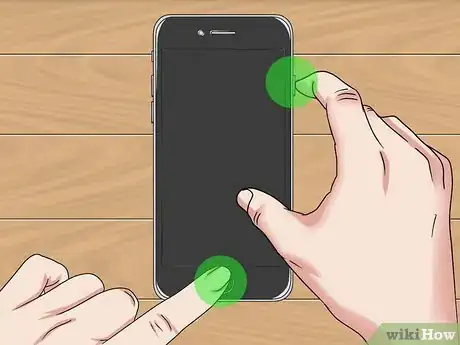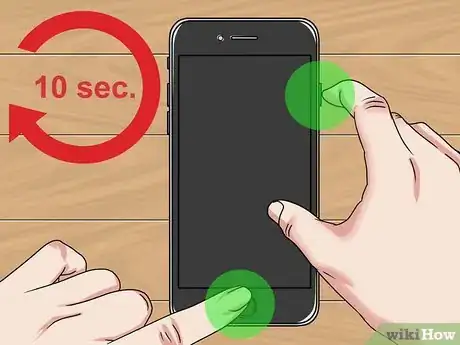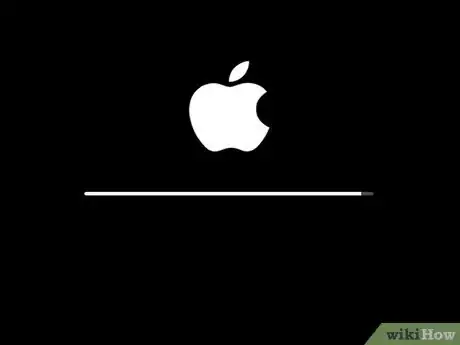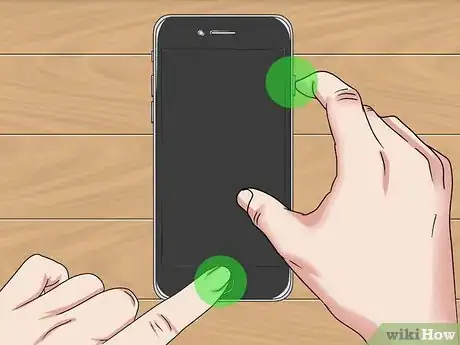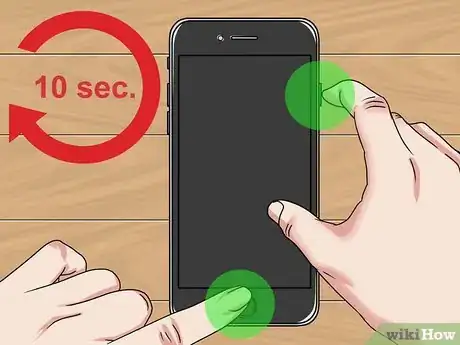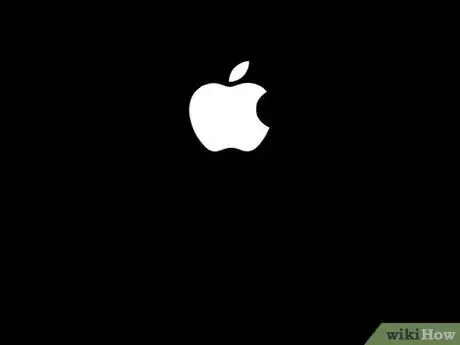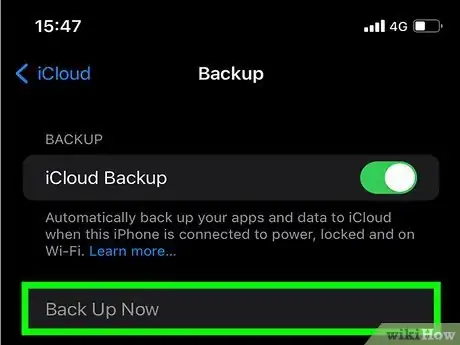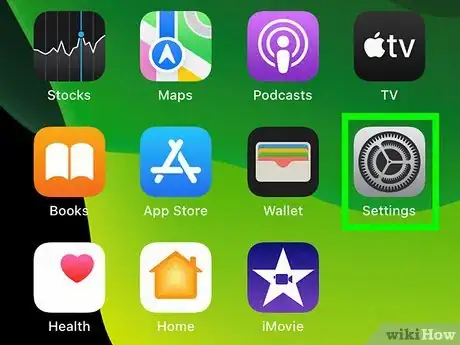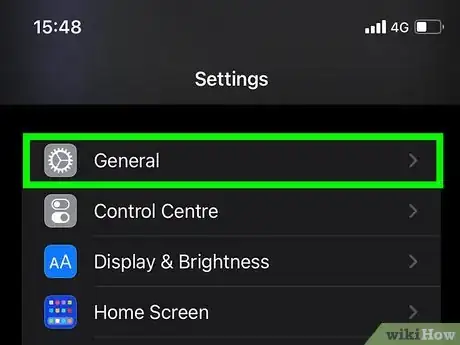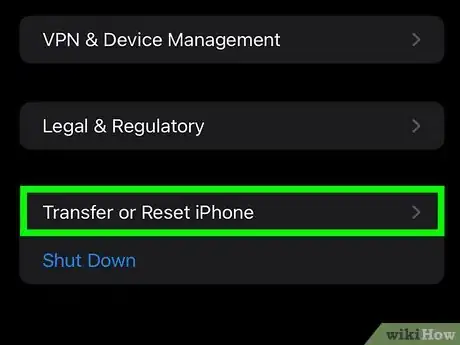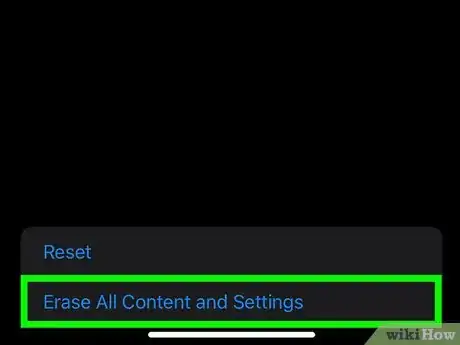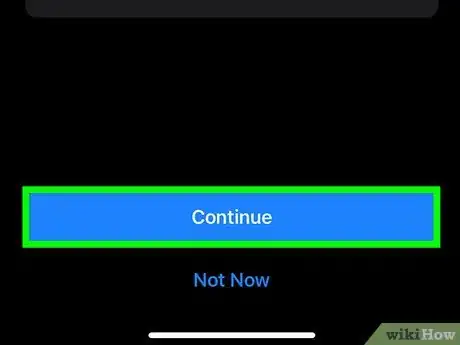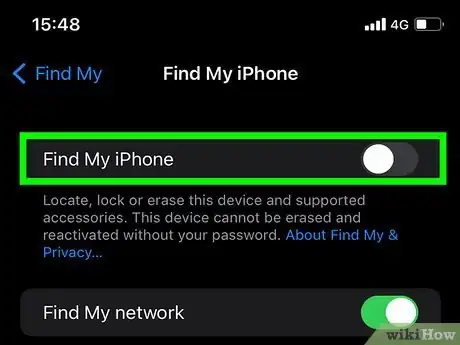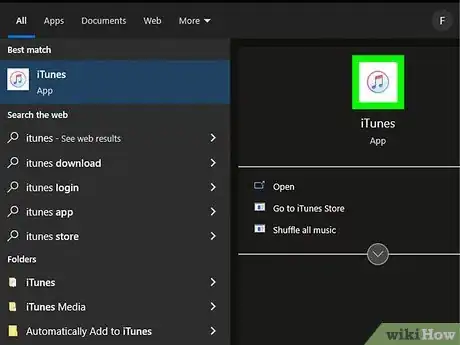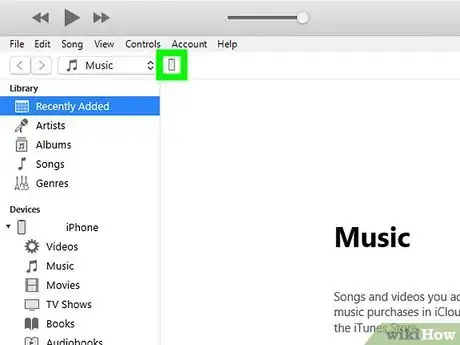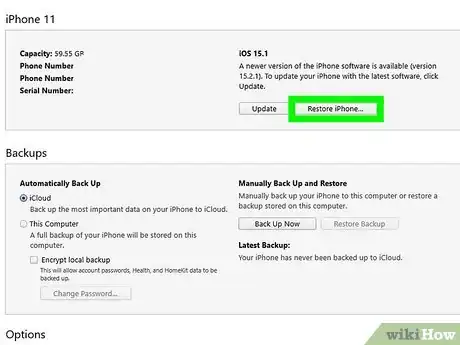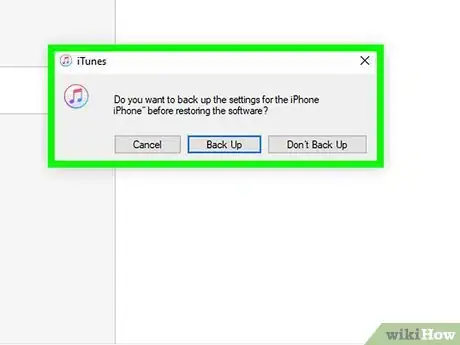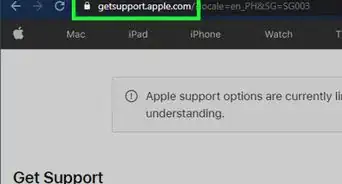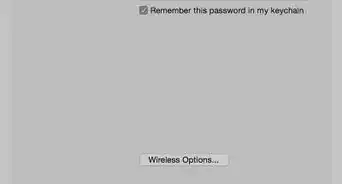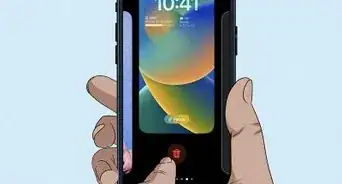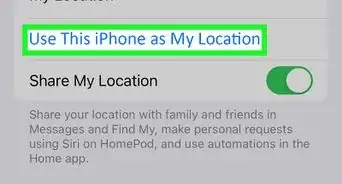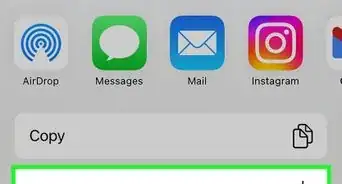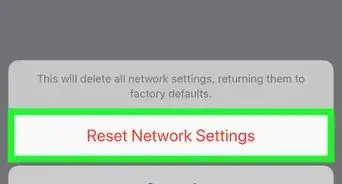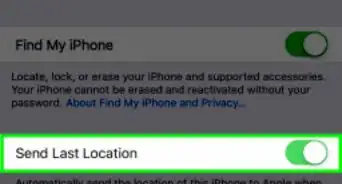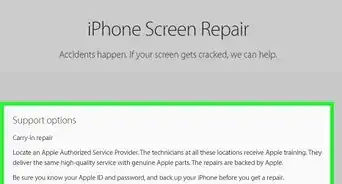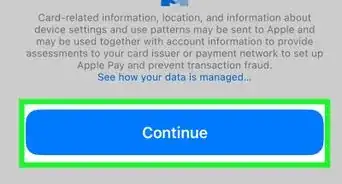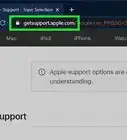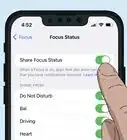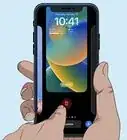This article was written by Linh Le and by wikiHow staff writer, Darlene Antonelli, MA. Linh Le is a Certified Mobile Repair Specialist and the Owner of SC Mobile Repairs in San Clemente, California. With more than 12 years of experience, he specializes in smartphone, tablet, and smartwatch hardware repair. Linh has an iTech Mobile Device Repair Certification and an iOS Certification. He holds a Bachelor’s degree from The Franciscan University of Steubenville.
This article has been viewed 38,584 times.
There are three ways to reboot an iPhone if it's acting peculiar (like slow and unresponsive): a restart (also called a soft reset), a forced reset (also called a hard reset), and a factory reset. If your device is freezing or malfunctioning, it's best to first try a hard reset, and if that doesn't work to resolve your glitch, then to try the factory reset, which restores your phone to factory default settings. Factory resets should only be used as a last resort since they result in losing data, settings, and any apps you have set up. You may want to take your iPhone into the Apple Store for a Genius Bar appointment before trying the factory reset, as it could result in permanent data loss.
Steps
Soft Reset
-
1Press and hold the correct buttons. The steps for this vary depending on the model of the iPhone you have.[1]
- For iPhone 6s, SE, or phone with a physical Home button, press and hold the Home button (big circle below the screen) and the Sleep/Wake button (on top of the iPhone) simultaneously.[2]
- For iPhone 7, press and hold the Volume down and Sleep/Wake buttons.
- For iPhone 8/SE (2nd generation) and any iPhones with FaceID (X, Xs, Xr, 11, 12, 13), press and release the Volume up key, the volume down key, then press and hold the side button.[3]
-
2Release those buttons when you see a slider. If your phone is unresponsive, you will need to hard reset your iPhone.Advertisement
-
3Drag the slider to turn off your iPhone. Wait about 30 seconds before continuing to the next step.
-
4Turn it back on. Press the top button (SE-1st Gen, 5 or earlier), or press the side button (SE-2nd Gen, 8,7,6) or press the right-side button (X, 11, 12, 13) until you see the Apple logo appear.[4]
Hard Reset
-
1Force restart your phone. The steps for this vary depending on the model of the iPhone you have.
- If you have an iPhone 6s, SE, or phone with a physical Home button, press and hold the Home button (big circle below the screen) and the Sleep/Wake button (on top of the iPhone) simultaneously.[5]
- For iPhone 7, press and hold the Volume down and Sleep/Wake buttons.
- For iPhone 8/SE (2nd generation) and any iPhones with FaceID (X, Xs, Xr, 11, 12, 13), press and release the Volume up key, the volume down key, then press and hold the side button.[6]
-
2Continue holding those buttons until the iPhone shuts off and begins to restart. This will take anywhere from 15-60 seconds.
- Ignore the prompt to power off your phone. If you power off your phone, you are not performing the hard reset. To continue with the hard reset, keep holding the buttons down simultaneously.
-
3You may let go when you see the silver Apple logo. You have now completed the hard reset successfully.
- Don't be alarmed that it takes quite a while to load from the Apple logo to the main screen. This is normal.[7]
Factory Reset Without a Computer
-
1Make sure you have a backup. Since this process erases all the data and settings from your phone, you'll want a backup to ensure that you can get it back to normal.
- You can backup with iCloud, Finder (if you're using macOS Catalina or later), or iTunes (if you're using macOS Mojave or earlier, or Windows).
-
2Open Settings.[8] You can do this by tapping the gear app icon.
-
3Tap General. It's usually in the third grouping of options next to a gear icon.
-
4Tap Transfer or Reset iPhone. You'll find this at the bottom of the menu.
-
5Tap Erase all Content and Settings. This second item in the menu will erase everything from your iPhone and restart it as a new phone.
- Tap Continue then enter your passcode. If Screen Time is enabled, you'll be prompted to enter your Screen Time passcode. Before your phone resets, it will try to make an iCloud backup if it's enabled.
- Enter your Apple ID and password if prompted then tap Turn Off. You'll see this if you have Find My and Activation Lock enabled.
-
6Tap Erase iPhone.[9] This option is in a menu that slides up from the bottom of your screen. You'll see a progress bar under an Apple logo that lets you know how your phone is progressing with restarting.
- It's possible that an app or piece of data in your last backup is causing the glitch. If your phone is glitching again after restoring the backup, try restoring to an earlier backup. If you still experience problems, perform the factory reset but do not restore any backup, or consult an Apple Genius Bar employee.
Factory Reset With a Computer
-
1Turn off Find My. To do this, go to Settings, tap your name, then tap Find My, and tap Find My iPhone. Tap the switch to toggle it off.
- You won't be able to restart or reactivate your phone after a factory reset if you don't turn off Find My.
- You can also find these settings from iCloud.com in "Find My."
-
2Connect your iPhone to your computer. Using the lightning to USB cable that came with your phone, plug it into one of the USB ports on your computer.
-
3Open Finder or iTunes (if they don't automatically open). If you're using macOS Catalina or later, you'll use Finder. If you're using macOS Mojave or earlier, or Windows computers, iTunes will work for you.
-
4Click your iPhone from the sidebar (Finder) or click the iPhone icon near the top-left corner (iTunes). If you haven't used this computer recently, you may need to tap Trust on your iPhone and enter your passcode to continue.
-
5Click Restore iPhone. In Finder, you'll find this under the General tab. In iTunes, this is in the Summary tab.[10]
-
6Follow the on-screen instructions to complete the restoration process. You may be prompted to make a backup, then click Restore to continue.[11]
Community Q&A
-
QuestionI am unable to send a text to my daughter. I have rebooted, but the message still says undelivered. What's wrong?
 Living ConcreteTop AnswererIs your iPhone activated? Does it have service? Your iPhone must be activated and must have connectivity in order to send texts.
Living ConcreteTop AnswererIs your iPhone activated? Does it have service? Your iPhone must be activated and must have connectivity in order to send texts. -
QuestionIf an iPhone says no service, what could be the problem?
 Community AnswerIt may be that you're in a rural area far from any cell towers, there could be no SIM card in the phone, or you could have a SIM card in it that doesn't have active service from a provider.
Community AnswerIt may be that you're in a rural area far from any cell towers, there could be no SIM card in the phone, or you could have a SIM card in it that doesn't have active service from a provider.
References
- ↑ Linh Le. Certified Mobile Repair Specialist. Expert Interview. 10 February 2022.
- ↑ Linh Le. Certified Mobile Repair Specialist. Expert Interview. 10 February 2022.
- ↑ Linh Le. Certified Mobile Repair Specialist. Expert Interview. 10 February 2022.
- ↑ https://support.apple.com/en-us/HT201559
- ↑ Linh Le. Certified Mobile Repair Specialist. Expert Interview. 10 February 2022.
- ↑ Linh Le. Certified Mobile Repair Specialist. Expert Interview. 10 February 2022.
- ↑ https://support.apple.com/guide/iphone/force-restart-iphone-iph8903c3ee6/ios
- ↑ Linh Le. Certified Mobile Repair Specialist. Expert Interview. 10 February 2022.
- ↑ Linh Le. Certified Mobile Repair Specialist. Expert Interview. 10 February 2022.
About This Article
1. Press and hold the correct buttons.
2. Release those buttons when you see a slider.
3. Drag the slider to turn off your iPhone.
4. Turn it back on.
